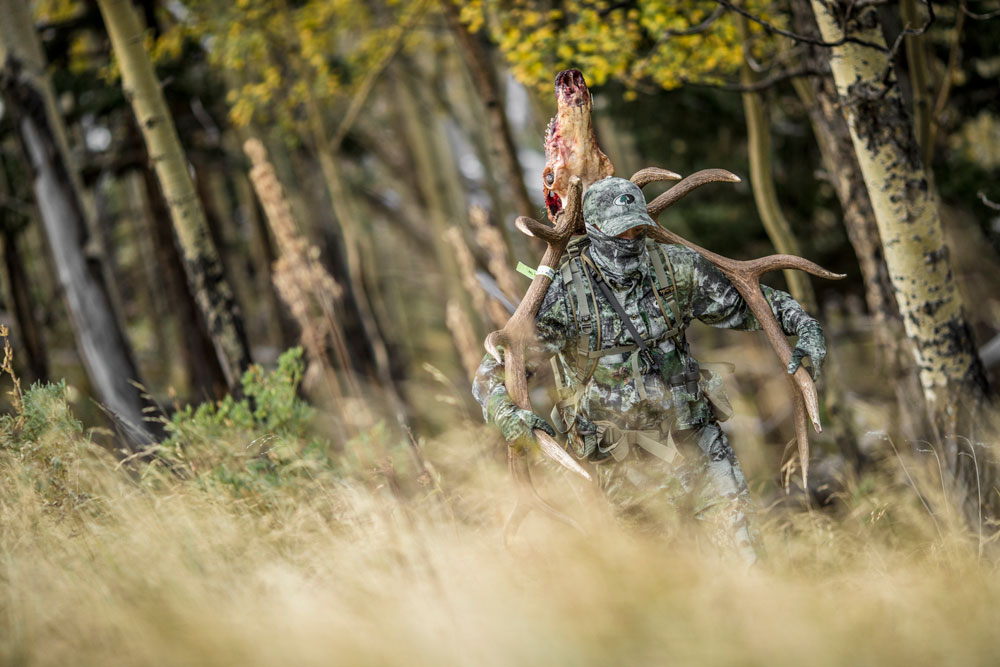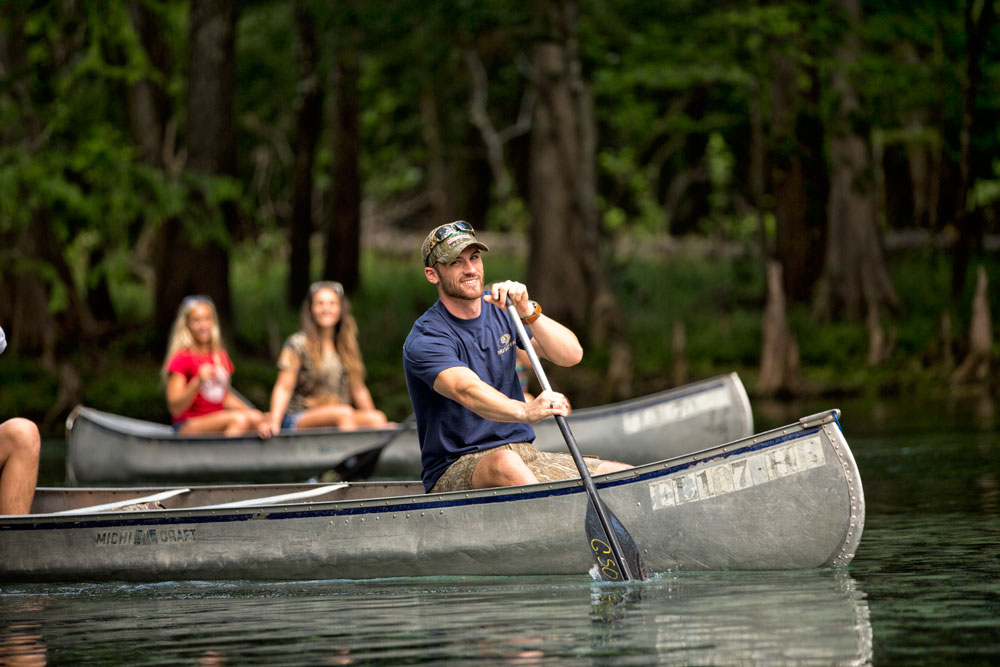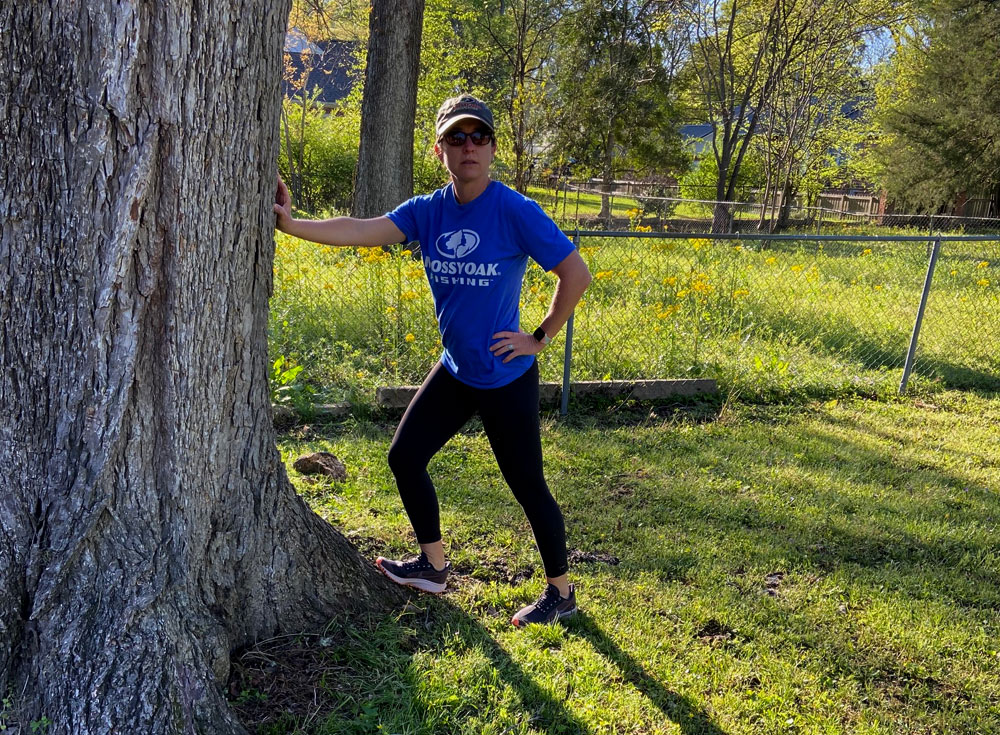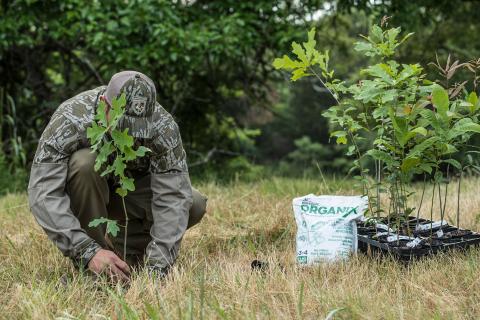Flexibility is necessary for any athlete, but learning the proper stretches if you’re an outdoor enthusiast is even more essential. When you’re heading out into the wilderness, you need to be as flexible as possible to deal with challenging terrain and natural obstacles on the trail.
You may already be in great shape, but you need functional body conditioning to make sure all the micro muscles, tendons and ligaments are supple so you can be quick on your feet.
The body’s elasticity is how far your joints can stretch without injury. Flexibility enhances mobility, posture and muscle coordination, so include flexibility exercises in your workouts.

What Is Flexibility?
This word refers to the state of your tendons, ligaments and muscles. Tendons attach bones to muscles, and ligaments attach bone to bone. When you stretch, you’re lengthening these connective tissues and stretching out the muscles’ fibers to make them more supple.
Blood flow significantly increases as you stretch, flooding your muscles’ fibers with essential nutrients and oxygen and making them stronger. As you get more flexible, you are less likely to hurt yourself because your body will react quickly and deftly in an emergency.
Why Is Flexibility Important?
Most modern humans are not used to walking on uneven terrain; they walk on even ground all day long, from floors to sidewalks to roads. Walking on bumpy, rocky trails necessitates coordination, flexibility and strength from multiple muscle groups.
Stretching can help build your proprioception or awareness of how and where you place your body in a given space. It’s more than just using your muscles; it is also the feedback loop between your nervous system and your muscles.
By deeply stretching the joints and major muscle groups, you’re honing your proprioception. Specific exercises like spinal twists or hip flexor stretches enhance your ability to react swiftly when encountering challenges on the trail.
Flexibility conditioning is not just crucial in the run-up to a big hunt or trek; offseason training is just as critical as in-season training. When it comes to training for outdoor pursuits in the off-season, flexibility is as vital as developing strength and stamina. If you can’t get out to hunt, endurance training, like a rucking workout, helps you maintain your stamina and muscle strength, while stretching keeps you limber.
You should use devices like top fitness trackers to track your offseason’s progress to be better prepared when you get back out in the field.

What Stretches Should You Use?
Before a long trek, help prepare your hamstrings, quads, calves and all the tendons and ligaments that connect these significant muscles by doing some stretches. Challenge your flexibility with a spinal twist, kneeling hip flexor stretch, QL stretch, lower leg stretches and an Achilles tendon stretch.
T-Spine Rotation
The T-spine, or thoracic spine, consists of the 12 vertebrae to which your ribs are connected, and it’s essential to keep this area of your back limber. If you sit for long periods, you train your T-spine to be in flexion (bent forward). You may develop a slightly hunch-backed appearance through neural connections and muscle memory if you don’t include a T-spine twist in your stretching routine.
Lying on your back, press your lower back into the floor for stability and place both arms out to either side in a T-shape. Bring your knees into your chest and, keeping both shoulders on the ground, slowly lower your knees to the floor on one side of your body. This exercise twists your spine and should feel nice; you can support your knee with a block to the side of your chest if the stretch feels uncomfortable.
Hip Flexor Stretch
Your hip flexors are the muscles that help your hips stay mobile. There are four different ones, all positioned across or alongside your hips. In modern life, you are often sitting at desks, which shortens your hip flexors and makes it hard to move quickly.
Begin in a single-leg kneeling position with the kneeling leg directly under you and your other leg out in front of you, bent at the knee with the foot planted. Place both hands on a ski pole or hiking stick in front of you to steady yourself.
Taking a deep breath, move your body forward until you feel a deep stretch along the front of the leg and into the lower abdomen. Try not to bend back; keep your hips aligned with your spine and breathe for five to ten deep breaths. Switch to the other leg and repeat.
QL Stretch
The simplest way to describe the quadratus lumborum or QL is it is a muscle that connects the top half of your body to the lower half. It is a vital muscle sitting at the bottom of the 12th rib, next to the spine and kidneys. When you hurt your back, but the discs aren’t injured despite the intense pain, this is acute stress on your QL.
During mountain trekking, your QL stabilizes your center of gravity, so it’s crucial to keep it supple. Holding a walking pole between your hands over your head, cross one foot over the other. Look straight ahead and gently lean in one direction, breathing slowly; after a few beats, straighten and bend the other way. You should feel a deep stretch across your lower back and sides.

Achilles Tendon Stretch
Your Achilles tendon attaches the calf muscle to your heel bone and is made up of incredibly tenuous fibers. You use this tendon a lot when you’re going up and down hills, so for hikers and trekkers, keeping the Achilles flexible can help when you hit the steep inclines and high elevations.
Put your foot on an elevated item like a rock, branch or step so your heel hangs down and won’t touch the ground. The tricky part is foot placement. You need your heel far enough off the ledge to stretch out your tendon but not so far out you’re only stretching the foot.
Shift your weight to the elevated foot, straightening the leg. You should feel a deep stretch down the back of your leg. If you need to, bend your knee slightly to let the other leg take some of the load.
Support Your Body On- and Offseason
Flexibility requires a different dedication than strength training or cardio, but it’s just as vital to your adaptability when you’re out in the back end of nowhere.
Incorporate these key stretches into your workout, concentrating on the muscles and tendons in and around your core and spine, and you will find you are quicker, more adaptable and less vulnerable to injury when you hit the trail again.



























